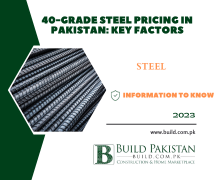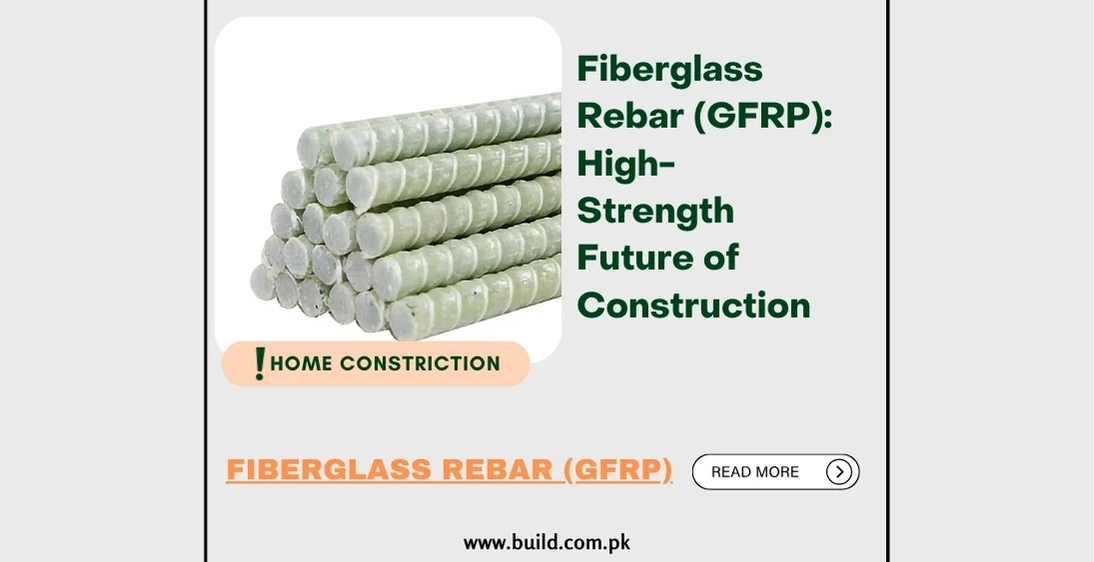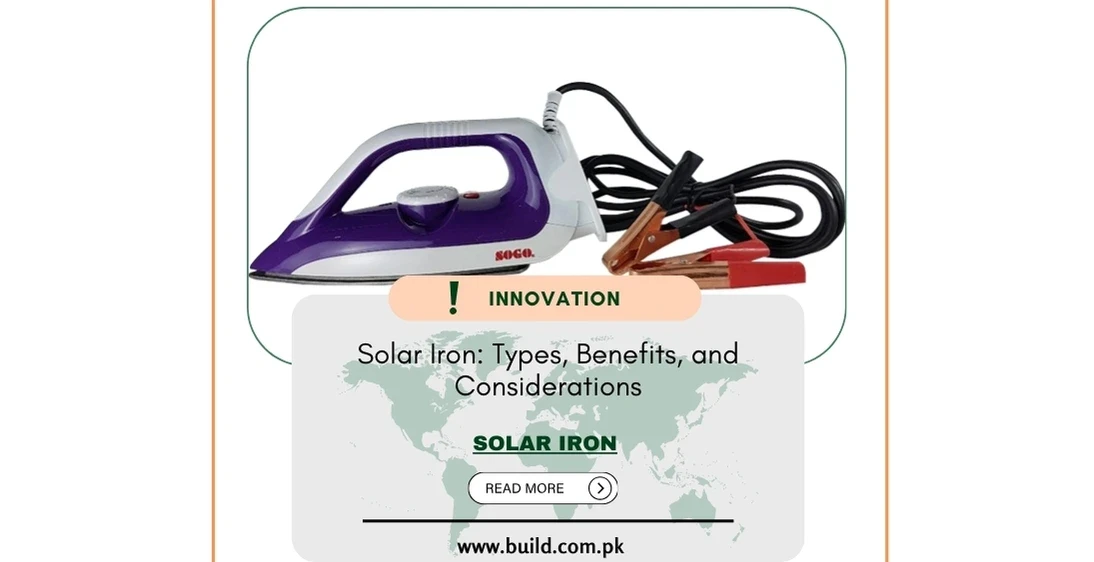40-Grade Steel Pricing in Pakistan: Key Factors

Introduction:
40-grade steel is a type of structural steel
widely used in the construction industry for various applications. It possesses
certain mechanical properties that make it suitable for structural purposes,
including buildings, bridges, and infrastructure projects. In this blog, we
will explore the characteristics of 40grade steel, its common uses, and
factors that can impact its price in Pakistan.
Characteristics of 40-Grade Steel:
40-grade steel, also known
as ASTM A615 Grade 40 steel, is a carbon steel with a minimum yield strength of
40,000 psi (pound-force per square inch) or 280 MPa (megapascals). It has good
weldability and formability, making it suitable for construction purposes. The
steel is typically available in the form of reinforcing bars (rebars) or
structural shapes.
Common Uses of 40-Grade Steel
40-grade steel finds extensive
use in the construction industry, particularly in reinforced concrete
structures. Some common applications include:
Reinforced Concrete Buildings:
40-grade steel rebars are
widely used as reinforcement in concrete structures, such as columns, beams,
slabs, and foundations, to provide strength and durability.
Bridges and Infrastructure:
Steel with a 40-grade designation
is utilized in the construction of bridges, flyovers, highways, and other
infrastructure projects, where its high tensile strength and ductility are
essential.
Pre-engineered Buildings:
The versatile nature of 40-grade
steel makes it suitable for pre-engineered buildings, including warehouses,
factories, and storage facilities, where its structural integrity is crucial.
Industrial Structures:
Steel structures in industrial
settings, such as power plants, refineries, and manufacturing facilities, often
incorporate 40-grade steel for its load-bearing capacity and resistance to
harsh environments.
Factors Influencing 40-Grade Steel Prices
Several factors
can impact the price of 40-grade steel in the Pakistani market. These factors
include:
Raw Material Costs:
The cost of raw materials, such as iron
ore and scrap metal, which are used in the production of steel, can fluctuate
based on global market conditions and supply-demand dynamics.
Production and Manufacturing Expenses:
Steel production
involves various processes, including refining, melting, casting, rolling, and
fabrication. The costs associated with these processes, including energy,
labor, transportation, and overhead expenses, can influence the final price of
the steel product.
Market Demand and Supply:
Like any commodity, the demand and supply dynamics in the market can impact steel prices. Increased demand for construction projects and infrastructure development can lead to higher prices, while a decrease in demand or oversupply can result in lower prices.
Seller Variation:
Different sellers or suppliers may offer
different prices for 40-grade steel. Factors that can influence pricing include
the seller's reputation, location, production capacity, and overhead costs. It
is recommended to research and compare prices from multiple sellers to find the
best deal.
Quantity and Order Size:
The quantity of 40-grade steel you
require can affect the price. Larger orders or bulk purchases may qualify for
volume discounts or better pricing terms. It is advisable to discuss your
requirements with the seller to negotiate favorable pricing based on the order
size.
Customization and Specifications:
If you have specific customization requirements for the 40-grade steel, such as length, diameter, or special treatments, it may impact the price. Customized orders often involve additional processing or special manufacturing, which can lead to higher costs compared to standard products
Additional Costs:
Consider any additional costs associated with the purchase of 40-grade steel, such as transportation, taxes, duties, and insurance. These costs can vary depending on the distance between the supplier and your location, as well as any applicable taxes or fees imposed by authorities.
Conclusion:
40-grade steel is a widely used structural steel
in the construction industry, known for its strength and durability. While I couldn't
provide specific information on the price of 40-grade steel in Pakistan today,
various factors, including raw material costs, production expenses, market
dynamics, and currency exchange rates, can influence its price. It's advisable
to consult local steel suppliers, manufacturers, or industry experts for the
most accurate and up-to-date pricing information.









